If you’re thinking about adding residential leasehold properties to your portfolio, or are evaluating the value of your existing leasehold assets, it’s essential to understand the important issues surrounding this type of investment.
As you’ll probably already know, there are two main types of property in England and Wales. The first, and often most popular among landlords, is freehold. This is because it implies outright ownership of a given property and the land on which it stands.
In contrast, leasehold is a method of owning property – often a flat or apartment – for a fixed period of time. Leasehold property ownership does not include the land on which it stands, which means that possession of the property will be subject to the payment of an annual ground rent. Once the lease expires, the ownership of the property will then revert back to the freehold owner.
None of this is to say that one option is better than the other, despite what some landlords and investors might tell you. We’re simply outlining the important considerations that you need to make if you’re thinking about investing in leasehold property in the near future.
What is leasehold property?
As mentioned, leasehold properties in the UK tend to be flats and nearly all flats in London are leasehold. If you purchase one of these properties, you will only retain the rights for a particular period of time, rather than indefinitely, as is the case with freehold ownership.
The amount of time you own the property will depend on each individual property and the agreement in place. It could be as little as a few dozen years or perhaps for several centuries. But no matter how long your lease lasts for, you will be considered a tenant of the freeholder in the eyes of the law, until your lease expires.
Leases under 80 years are commonly considered undesirable and may negatively affect the value of the property. This is because it can make it difficult to find a mortgage lender to lend the money for leases that are this short.
Normally, with leasehold property, the freeholder will be responsible for the upkeep of the majority of the property although the leaseholder – or more commonly in flats, leaseholders plural, will usually be required to contribute financially. This will usually include common areas such as the stairwell, exterior elements such as the walls and roof, as well as the land the property is built on. The specific details of responsibilities should be documented in the formal contract.
This contract will also include things like fees and service charges to cover the cost of maintenance and repair, as well as the cost of ground rent. Any building extensions or significant changes will also have to go through the freeholder first. Meanwhile, as the owner of the leasehold agreement, you would be responsible for the upkeep of anything inside the property.
What is freehold property?
Owning the freehold means that you own the property outright. This includes the land that the building is built upon. And importantly, there is no time limit for ownership here. With this comes the responsibility for any upkeep to the land, which could mean repairing damage to the exterior of the building.
Potential disadvantages of leasehold properties
There are a number of potential disadvantages that you should be aware of before you invest in leasehold properties.
- Ground payments may increase over time if there is no limit written in the agreement.
- There may be restrictions that apply to letting out the leasehold property. Look out for a ‘no letting’ clause in the contract.
- Properties often fall in value as they get closer to the end of the lease period. This will also make it harder to sell.
- Extending your lease, if you choose to do so, can come at a substantial cost and will need to be factored in to your investment strategy.
- Your freeholder could change during the time that you own the lease. This means the individual that you deal with could change, along with their policy regarding lettings.
- You may have to rely on the cooperation of other leaseholders to complete repair or maintenance work, if you own a lease in a block of flats for instance.
- Any changes or development work to the property will have to go through the freeholder, which could take up time, or even be denied completely.
- It may be difficult getting mortgage finance on a property that has only a short lease (less than 80 years).
How many years should remain on your lease when you buy?
A lease with less than 80 years can seriously affect both the value of your property and how much it will cost you to extend the lease. Also, many mortgage providers will not offer you finance for leases that are less than this. Generally, the longer the period on the lease, the safer your investment will be in this regard.
Should you extend the lease when you buy the house?
There is always the option to extend the lease and you can do this after you have been living in the property for two years. While this may not be ideal if you are investing solely in the property to rent it out, it might be useful for landlords who plan to live in the property for at least two years before letting it out.
In some cases, you may be able to extend it before you even move in, or shortly after. This depends on whether your freeholder initiates the agreement though. This would involve negotiations with the seller and may require a series of correspondences directly with the freeholder to agree upon a deal.
Is investing in freehold right for me?
The process surrounding investing in leasehold property might seem complicated, but it could still be a valuable investment choice for you depending on your situation.
The trick is finding a leasehold agreement that suits your needs as an investor. If there is great value in a property and you’re able to rent it out over a period of time, with the option to sell it on afterwards without it depreciating substantially in value, then really there’s nothing wrong investing in a leasehold property.
There are also a number of perks that come with leaseholds. For instance, you won’t normally have to deal with the upkeep and repairs of any communal areas, such as the garden, exterior walls, common staircases or roof. Also, the buildings insurance will usually be covered by the freeholder.
Final considerations
To fully understand the marketability of a leasehold property, it is important to perform your research thoroughly to understand what you are committing to.
Here are some final questions you can ask yourself when considering a leasehold property investment.
- What is the freeholder like to deal with?
- Who is responsible for the maintenance of the property?
- What is the annual service charge?
- What is included in the leasehold agreement?
- Are there any managing agents involved? What are their fees?
- Does this agreement work with your mortgage lenders?



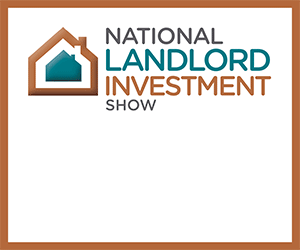

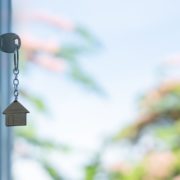


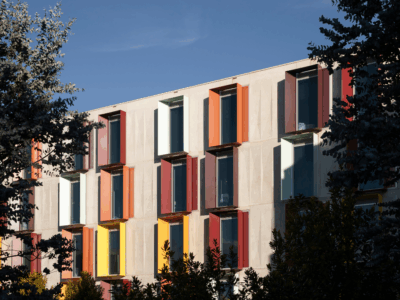
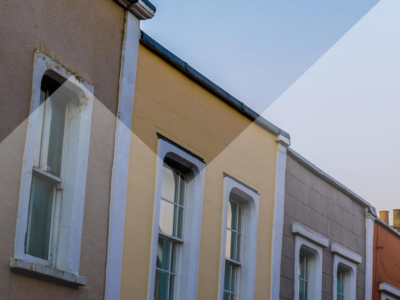
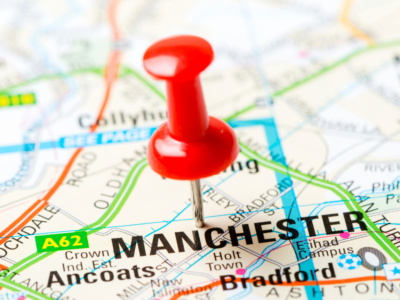
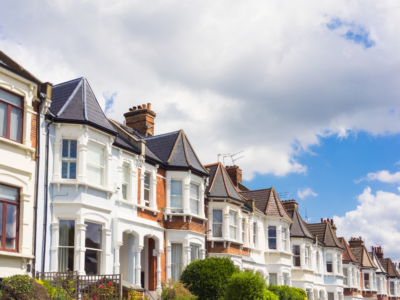
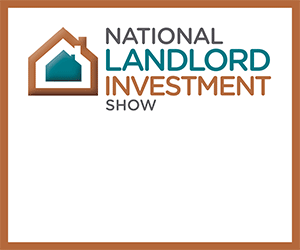
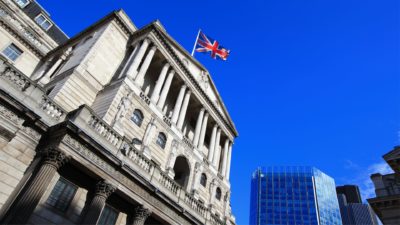


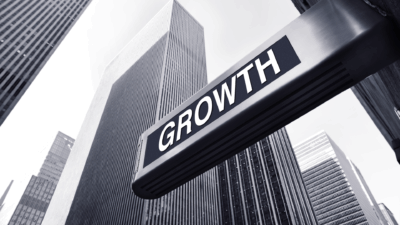
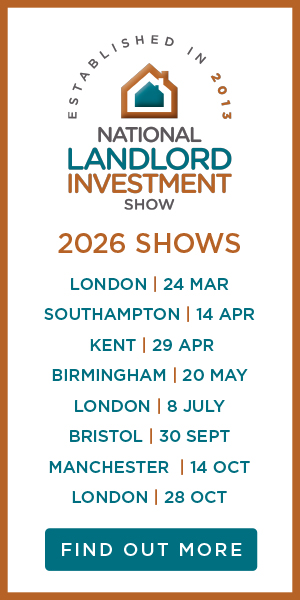

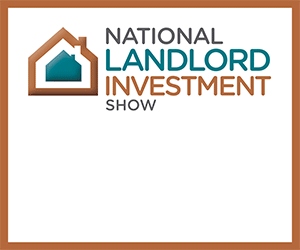
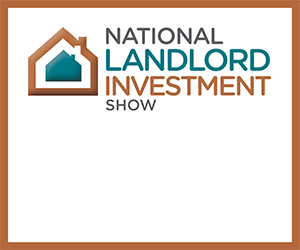
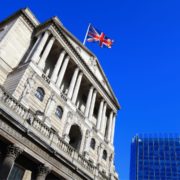


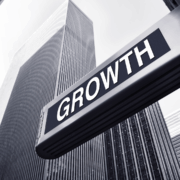


Comments